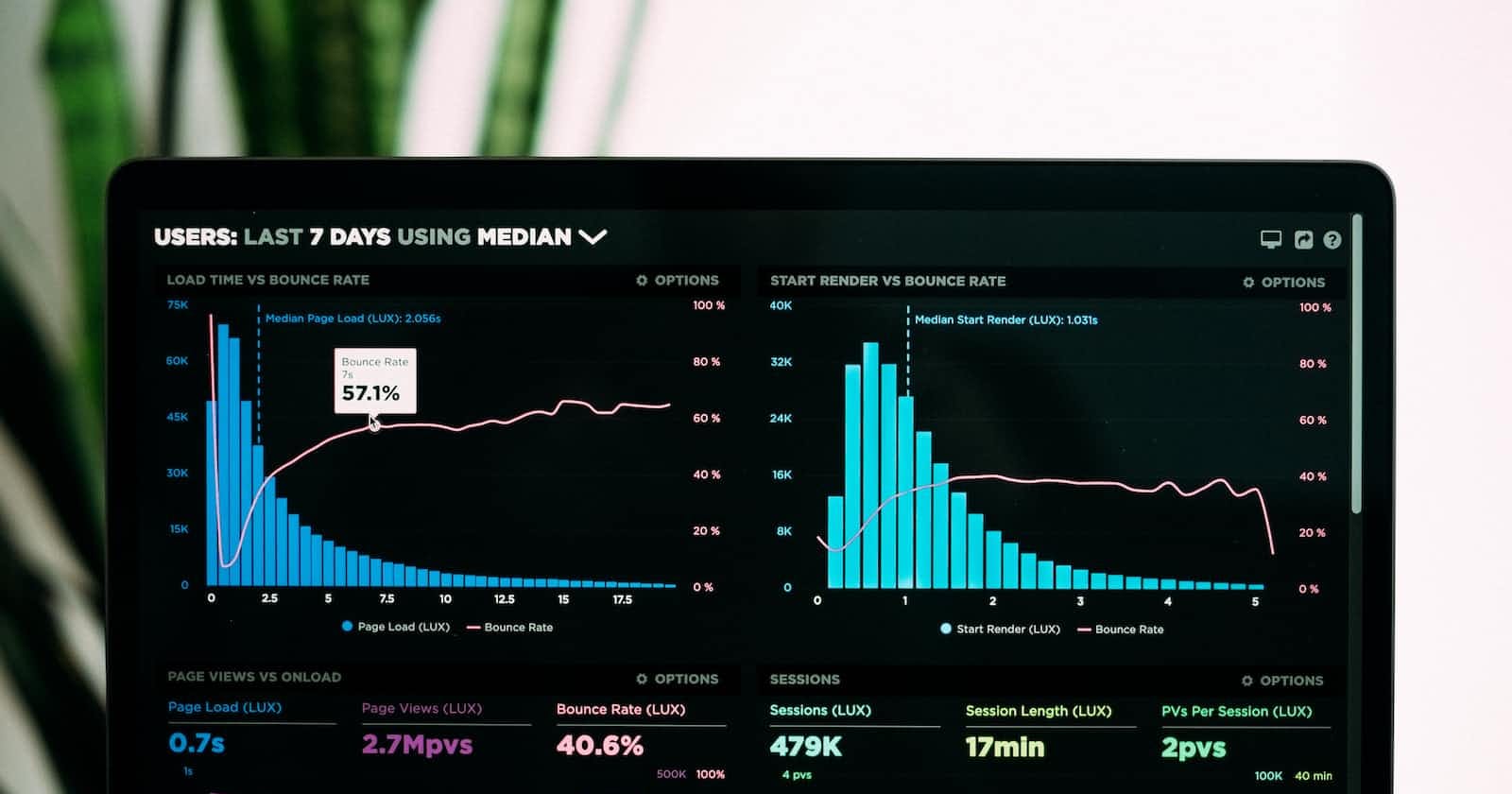Introduction
Python has cemented its position as the go-to programming language for data science, thanks to its versatility, simplicity, and extensive collection of libraries. Whether you're a seasoned data scientist or a beginner exploring the world of data analysis, Python is a powerful tool that empowers you to manipulate, visualize, and analyze data with ease. In this blog, we'll dive into the fundamental aspects of Python programming for data science, unlocking the potential to extract meaningful insights from raw data.
I. Python Basics for Data Science:
Data Types and Variables:
Integers, floats, strings, booleans
Lists, tuples, dictionaries, sets
Control Flow:
If-else statements
Loops: for and while
Functions and Libraries:
Defining functions
Importing and utilizing data science libraries (NumPy, Pandas, Matplotlib, Seaborn, etc.)
II. Data Manipulation with Python:
NumPy Library for Numerical Computations:
Creating arrays and matrices
Array operations: slicing, indexing, broadcasting
Pandas Library for Data Handling:
Creating DataFrames from various data sources
Data selection, filtering, and grouping
Handling missing values and data transformation
III. Data Visualization:
Matplotlib for Basic Visualizations:
Line plots, scatter plots, bar plots
Customizing visual elements: labels, colors, titles
Seaborn for Enhanced Visualizations:
Heatmaps, pair plots, distribution plots
Exploring relationships in data
IV. Exploratory Data Analysis (EDA):
Summary Statistics and Data Insights:
Descriptive statistics
Identifying patterns and outliers
Data Cleaning and Preprocessing:
Handling duplicates, missing values, and outliers
Feature scaling and encoding
V. Machine Learning with Python:
Scikit-learn for Machine Learning:
Data preprocessing and feature engineering
Model selection and evaluation
Supervised and unsupervised learning algorithms
TensorFlow and Keras for Deep Learning:
Building neural networks
Model training and evaluation
VI. Real-world Data Analysis:
Loading and Preparing Data:
Reading data from CSV, Excel, JSON, or databases
Data merging and transformation
Case Studies and Hands-on Projects:
Exploring datasets and drawing insights
Applying machine learning models to solve real-world problems
Conclusion
Python programming has become an indispensable asset for data scientists, enabling them to extract valuable insights from diverse datasets. With its vast library support and user-friendly syntax, Python empowers data enthusiasts to handle complex data manipulation tasks, visualize data with clarity, and build powerful machine-learning models. Armed with the knowledge from this comprehensive guide, you can confidently take on data science challenges, analyze real-world data, and make data-driven decisions that impact your organization and the world at large.
So, dive into the world of Python programming for data science and unleash your analytical prowess! Happy coding! 🐍🔬
Fun Fact:
Python got its name not from the snake, but from the popular British comedy television show "Monty Python's Flying Circus." The language's creator, Guido van Rossum, was a big fan of the show, and when he was developing Python in the late 1980s, he chose the name as a tribute to the comedy group. As a result, Python's official mascot is a snake named "Monty." The unique and humorous origin of Python's name adds a touch of fun and playfulness to the language, making it even more beloved among developers worldwide. 🐍🎉

